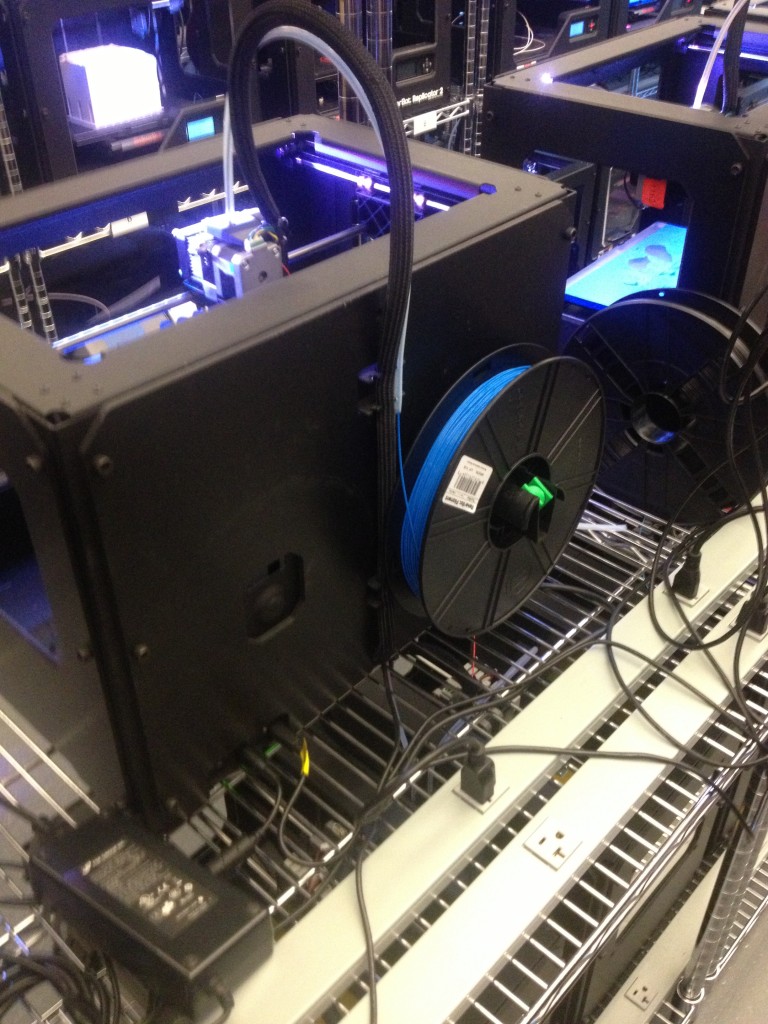Young people seem to like to ask me about how to get a job. Sometimes I think they don’t really want my advice and just want me to actually “give” them a job, but I get asked all the same.
So here are a few quick thoughts for you new grads. In no particular order.
1) No one wants to “give you a job.” People do want you to “work for them.” These are two completely different sentences and they mean totally different things. If you can’t figure out the difference, then you may want to ask someone.
2) Hiring Managers expect you to bring a skill to the role. It’s your first job. No one expects you to be an all-star. What they want is to see that you have some skill – or set of skills – that they can add to their team that makes the overall team better. Know what you are best at, and get even better. In an interview be able to clearly articulate that you are able to solve some sort of problem that the manager has, because your skill set enables you to do so.
3) If you want to work in a start-up for a career, there is a lot of value in working in a huge company first. I know this sounds counter-intuitive. But working in a large, successful company gets you the following: A nice large network of colleagues to call upon later in your career, experience doing things the right way, an understanding of how large companies work so you know how to sell to them later, a nice brand name on your resume that indicates you *could* work in a big company if you wanted, and finally, stable money that you can sock away in a savings account, so you can take a risk later. Side note: Nothing is more liberating than money in the bank. Nothing is more chilling than being forced to work for someone you don’t like because the rent is due.
4) Your first job is probably going to kind of suck. Here’s why. You’re the low pup on the totem pole. That means your boss is second lowest, and that it’s probably their first time managing people. They will have some managerial growing pains. They’ll also be worried about their own boss 90% of the time and trying to figure out how to get promoted. So you probably will end up flipping from being ignored to being micro-managed based on what your boss just got told by their boss. Accept that this is going to be part of the game, so look for a boss that you like, no matter what the company is like.
5) Interview EVERYWHERE. It doesn’t matter if you don’t want to work there. Go practice. Nothing is more humbling than not getting an offer at a company you didn’t want to work for. But it will help you figure out how to nail the interview you really want.
6) Work for a product, customer base or marketplace you care about. It’s the natural truth. If you don’t like your customers, you can’t do your job. I once worked someplace where the customers were all rich, arrogant, conceited and hard to deal with. Do you know how little I felt like helping them? You can’t do good work unless you have an affinity for what you are doing. So at least identify early who it is that you want to be associated with.
In a nutshell – To “work” for someone, find a skill you are great at, optimize it, sell yourself everywhere, and try to find a manager you like in an industry you care about, no matter how large or small the company. Then save some money, build a nest egg, and never have to fear a lack of a job again.






























